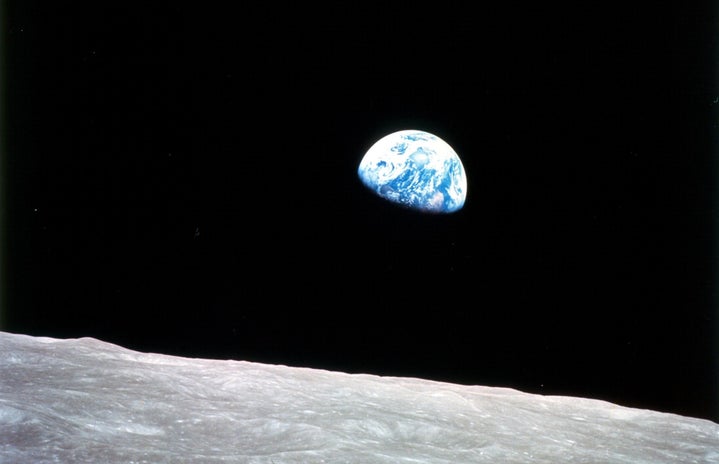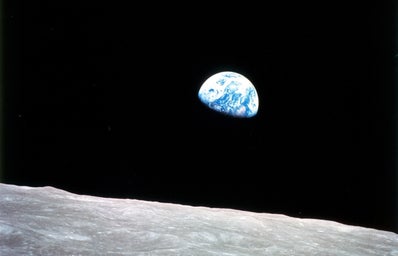A report from the New York Post indicated that 80% of all global flights have been cancelled. European city traffic has decreased by over 90%. Oil prices are so low, the industry may need to pay you to buy it. COVID-19 has caused catastrophic damage to humanity – but left the planet unharmed.
A new photo report published on the 50th Anniversary of Earth Day reveals the shocking transformation in the global atmosphere from before and after the pandemic. These satellite images, all taken before and after the shut down depict the world’s busiest cities, including New York City, New Delhi, and Beijing. Before the crisis, they were engulfed by smog. Today, their air is clear. The pictures taken weeks after an international shut down in effort to curb the global health crisis are a striking representation of the enormous impact of human activity on the ecosystem.

The European Space Agency examined the change in PM (poisonous matter) in many industrial hubs, including Wuhan. In the past two months, the Hubei province has seen a 42% decrease in nitrogen dioxide, a byproduct in burning fossil fuels. The alarmingly high levels of nitrogen dioxide in China causes lung cancer and is the cause of death of over 4 million Chinese residents a year. Experts recently discovered that the air pollution in Wuhan may have exacerbated respiratory symptoms for people who live in metropolitan areas. China isn’t the only country experiencing a sharp decline in PM – NASA concluded that nitrogen pollution has decreased by 30% across the entire American Northeastern region, and carbon monoxide levels have sunk to less than 50%.
A world wide shutdown may be great news for the planet – but scientists firmly believe that this will not be enough to prevent a climate crisis such as melting of the polar ice caps or flooded coastal cities. In fact, the current emissions are still higher than the annual average required to avoid disastrous climate impacts. At the current rate, all the world’s ice caps will melt by 2050, and sea levels will rise 6 feet by 2100.
While stay-at-home restrictions have halted travel, left millions unemployed and sent the financial market into freefall, PM continues to decrease at a positive rate. NASA’s satellite images proved just how massive a temporary pause in travel and production has on the environment. The global health crisis caused irreversible damage, death and devastation and has recently been classified as one of the world’s deadliest pandemics. Paradoxically, it let the earth recover from decades of damage.
The rapid improvement in global air quality confirms that climate change is anthropogenic and emphasizes just how toxic human beings are to the planet.
Photo Credit: Her Campus Media




